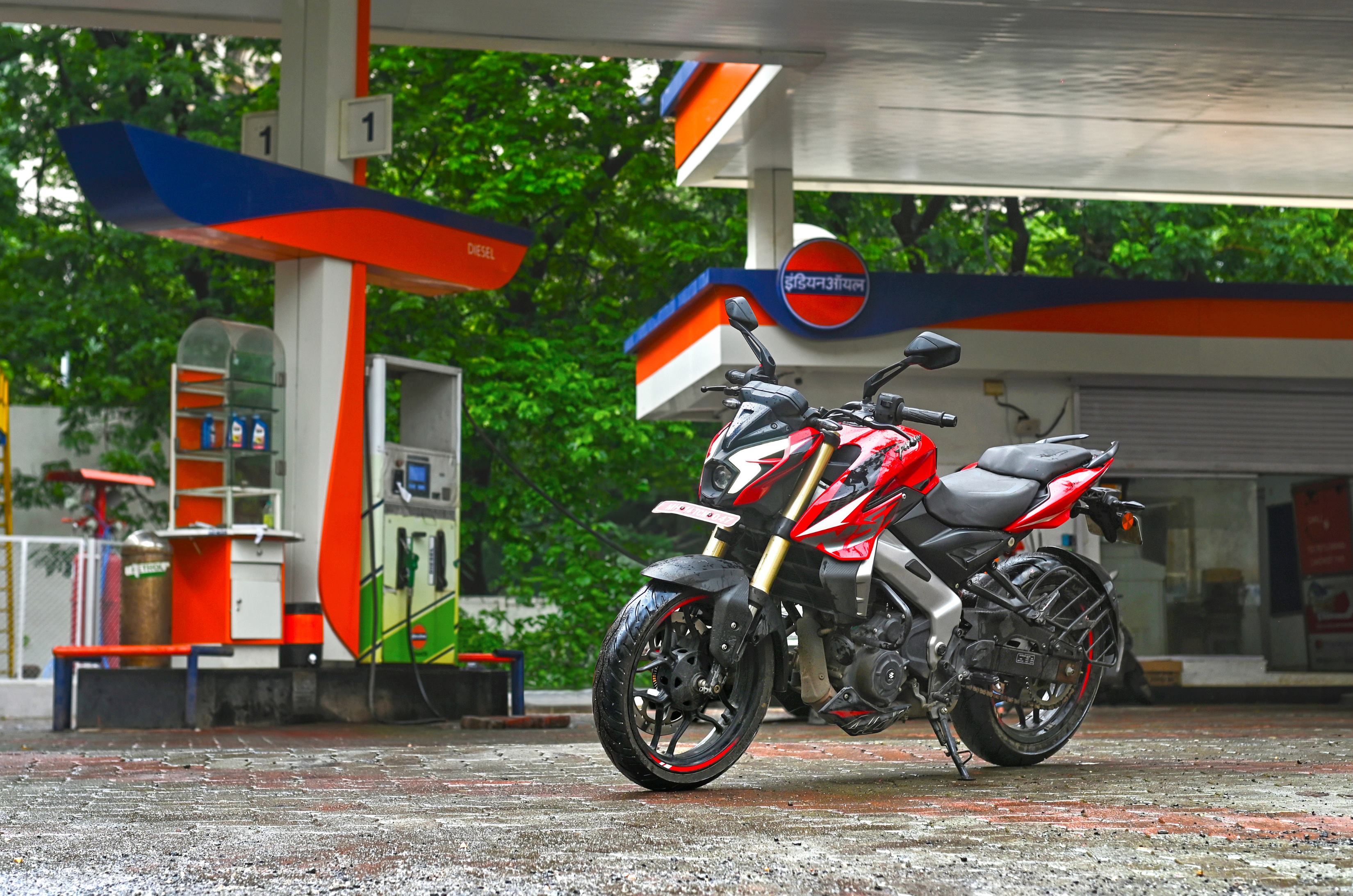Bajaj’s Pulsar NS400Z shares its engine with the Gen 1 KTM 390 Duke and scores a similar efficiency figure despite being heavier.
The Pulsar NS400Z is currently the most powerful motorcycle on sale by Bajaj and also the most affordable 400cc motorcycle one can currently buy. We’ve managed to spend an extended duration with the Pulsar NS400Z and put it through our testing cycles to find its real-world fuel efficiency.
Bajaj Pulsar NS400Z real world fuel efficiency
We ran the Pulsar NS400Z for a little over 60km on the highway in top gear at 70-80kph which is the speed limit on the section of the highway where we conduct our testing. At the end of it the motorcycle is topped up again which worked out to a fuel efficiency figure of 29.62kpl.
We conducted the same test inside the city where we ran the NS400Z for just under 50km and through mixed traffic conditions. At the end of our run we filled it to the brim, which resulted in a fuel economy figure of 27.52kpl.
Bajaj Pulsar NS400Z: fuel economy analysis
The Bajaj Pulsar NS400Z is equipped with the same engine found in the Dominar 400 and can trace its roots back to the Gen 1 KTM 390 Duke. The NS400Z is lighter than the Dominar 400 which enables it with much better performance and efficiency. However, the NS400Z tends to vibrate at higher revs and this becomes quite evident when cruising at higher speeds.
Autocar India’s fuel efficiency testing
Our fuel efficiency testing routine starts off by first brimming the tank and ensuring that the bike is running the manufacturer’s recommended tyre pressures. The bike is then ridden on fixed city and highway routes, where we maintain pre-decided average speeds that best mimic real-world scenarios. The payload on the bikes is kept constant by balancing rider weights and ballast, ensuring consistency across different vehicles and riders. At the end of the test cycle, the fuel tank is once again filled to the brim, giving us an accurate figure of how much fuel has been consumed, against the trip meter reading.


